This is a building with an area of up to 2600m², length 87m, width 30m, the top compared to the road surface is 34m. If compared to the population size of Hanoi at that time, the Opera House is a large architectural work with a capacity of 870 seats.
Inside the former theater there was a large stage and a main auditorium measuring 24x24m. The middle floor had many small rooms for audiences with private tickets. The middle staircase to the second floor was a large main hall. There were side staircases and corridors on both sides. Behind the theater was a backstage area with 18 booths for actors to dress up, 2 rehearsal rooms, a library and a meeting room.
In the early years of its use, the Theater was a place to perform classical art forms such as Opera, chamber music, drama... serving the mandarin class.
The Opera House only really became associated with the Vietnamese people when it hosted important historical events such as the August Revolution and the early years of the Democratic Republic of Vietnam. It started with the inaugural rally of the Viet Minh front on August 17, 1945 at the Opera House Square.
Two days later, on the morning of August 19, following the call of the Viet Minh, the whole of Hanoi rose up under the forest of red flags with yellow stars and went straight to the Opera House Square to attend the rally. After the flag salute and the Tien Quan Ca song, the representative of the revolutionary military committee read the call of the Viet Minh to unite all the people of Vietnam to rise up together.
On August 29, 1945, in the jubilant atmosphere of the August Revolution victory, the Viet Bac liberation army marched to Hanoi and was welcomed by the people of the capital at the Opera House Square. After the National Day, on September 16, 1945, the Golden Week took place at the Opera House Square. In early October 1945, the Southern Resistance Day was also held here. On March 5, 1945, the National Assembly of the Democratic Republic of Vietnam held its first session at the Hanoi Opera House Hall.
Exactly one year after President Ho Chi Minh read the Declaration of Independence, on September 2, 1946, a rally was held here to celebrate the first anniversary of the establishment of the Democratic Republic of Vietnam, and that was also the day Uncle Ho first set foot in the Hanoi Opera House. After that, many sessions of the National Assembly were held here until the Ba Dinh Hall was built. Up to now, the Opera House has always been the center of important meetings, conferences, rallies and high-quality artistic performances by domestic and international art troupes.
Heritage Magazine


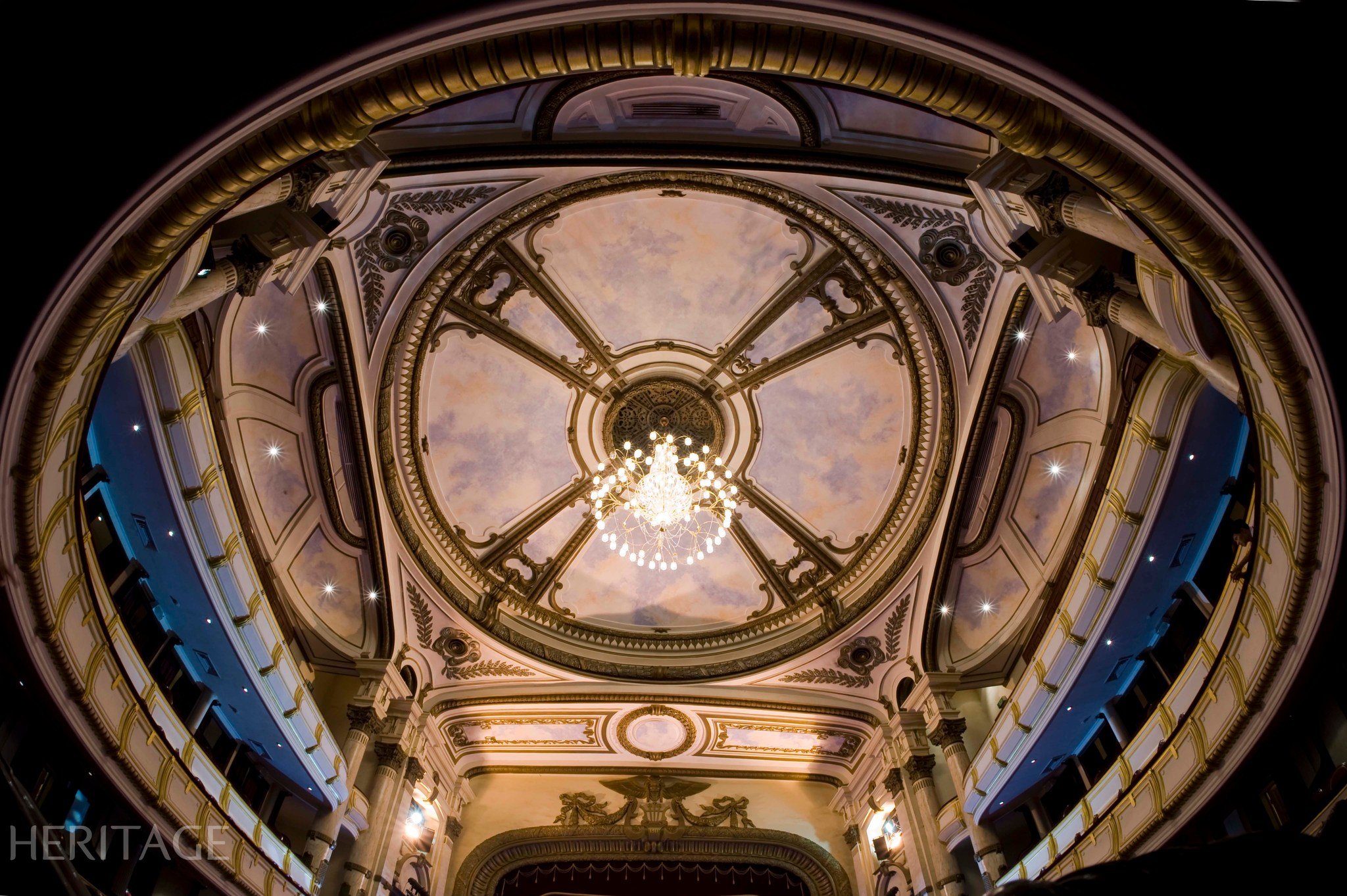
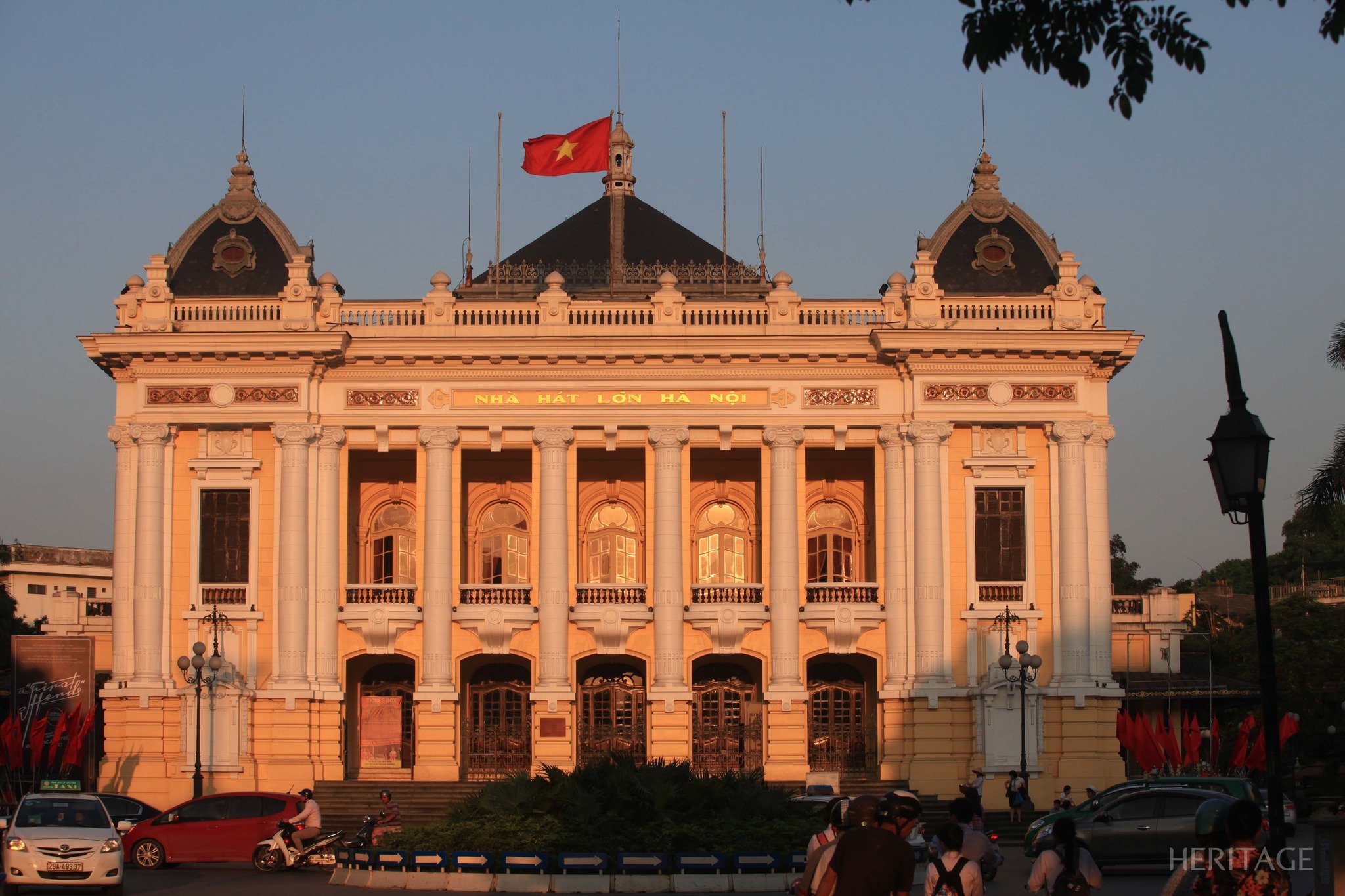
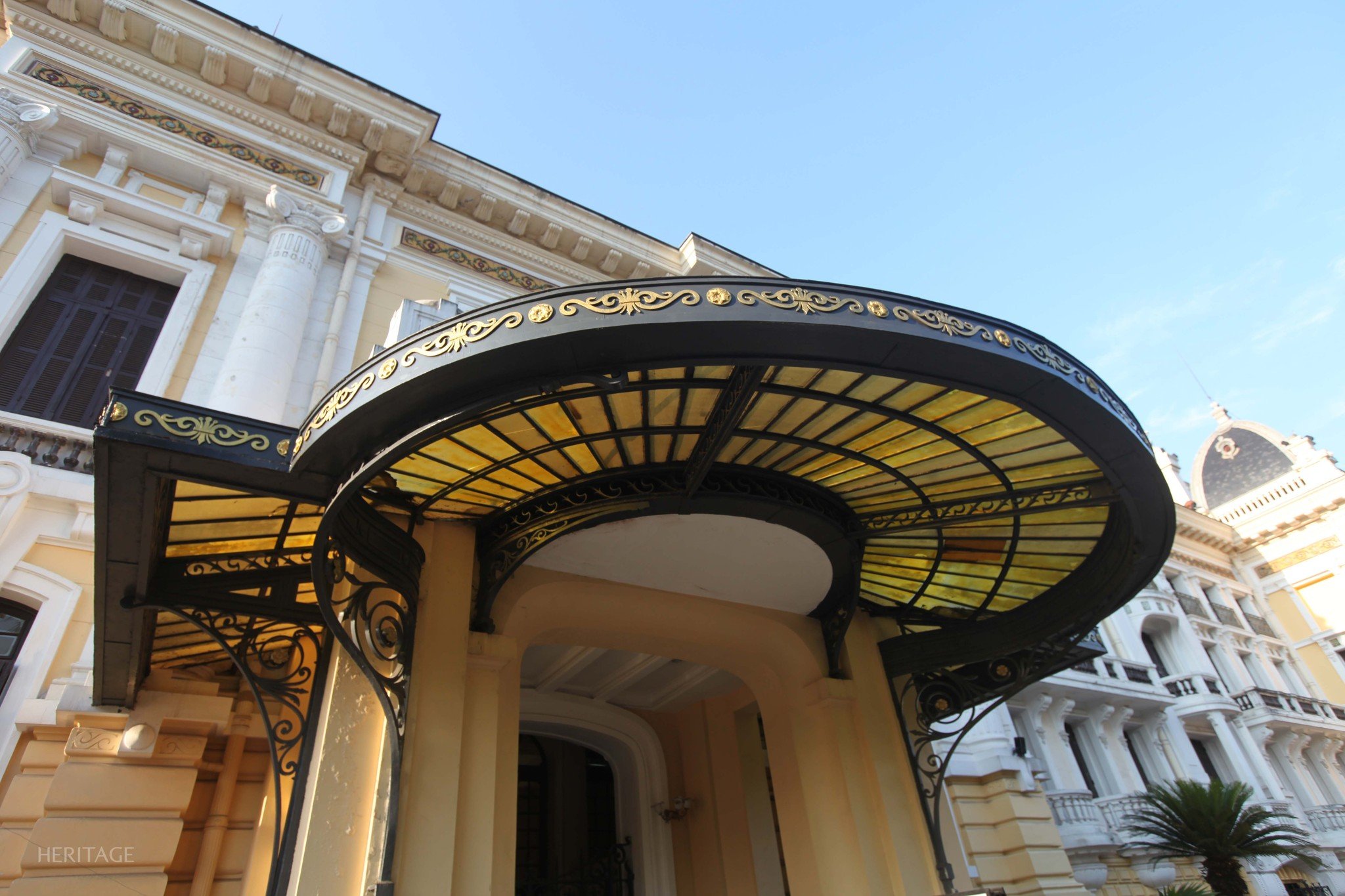
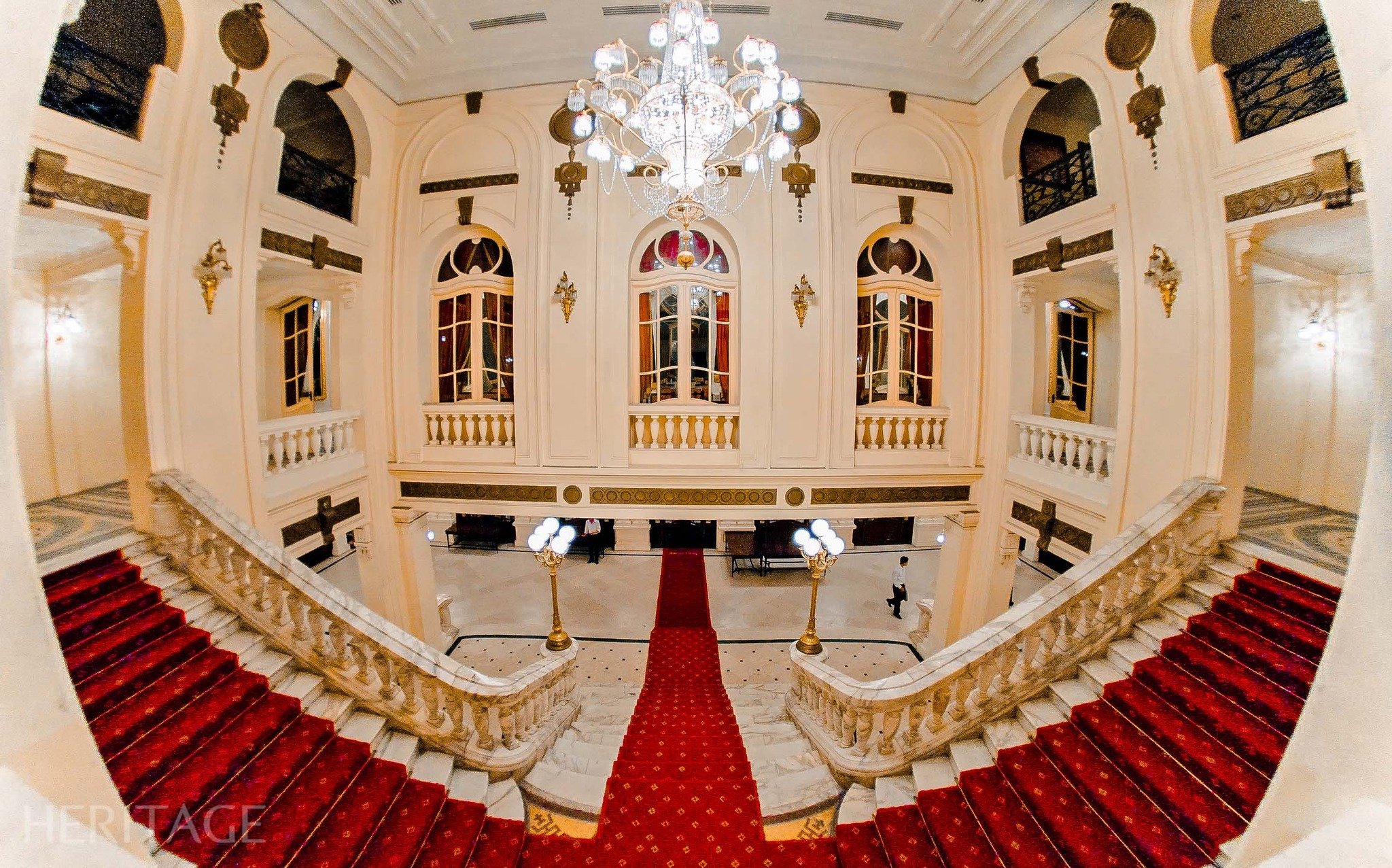
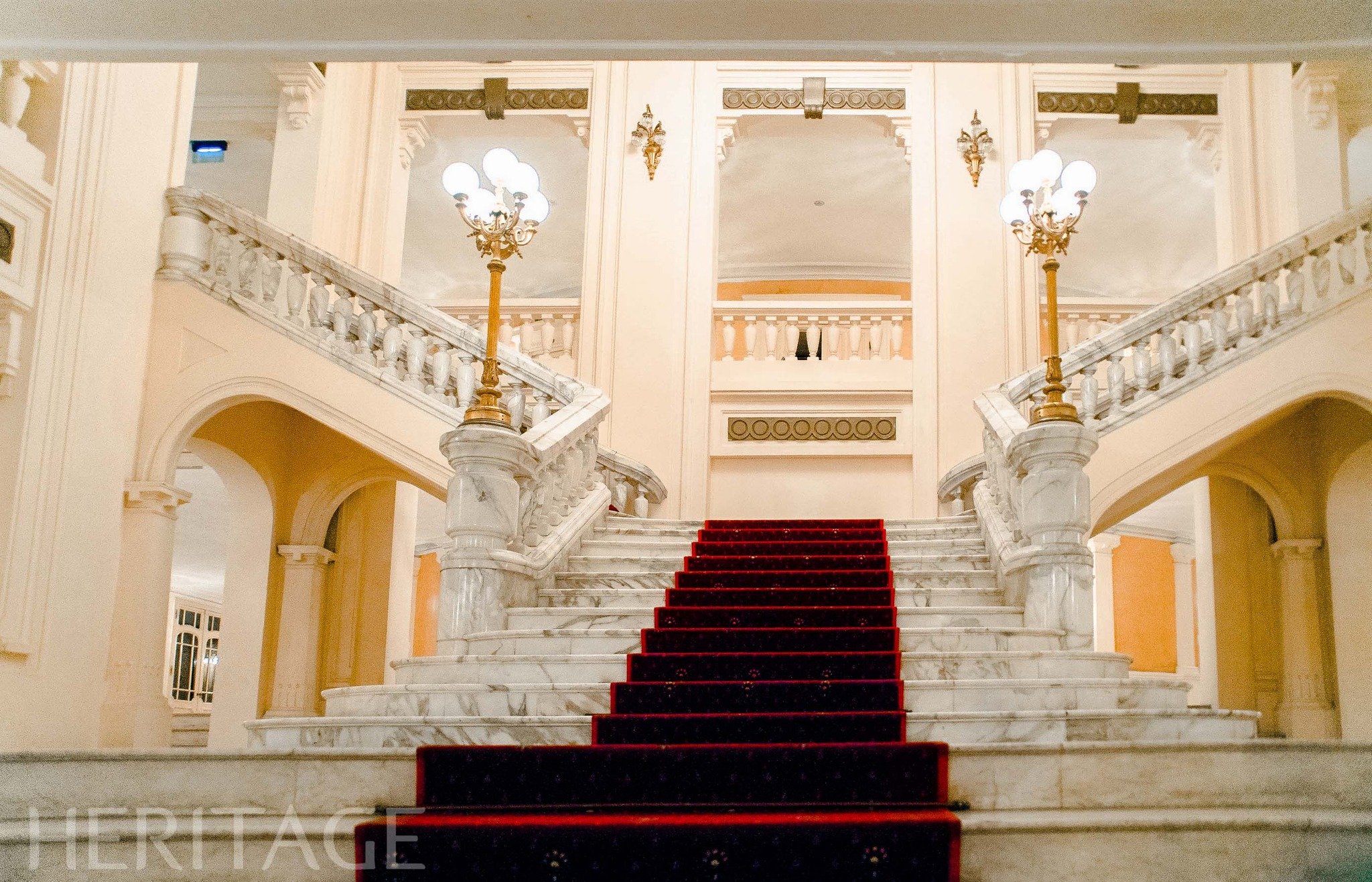
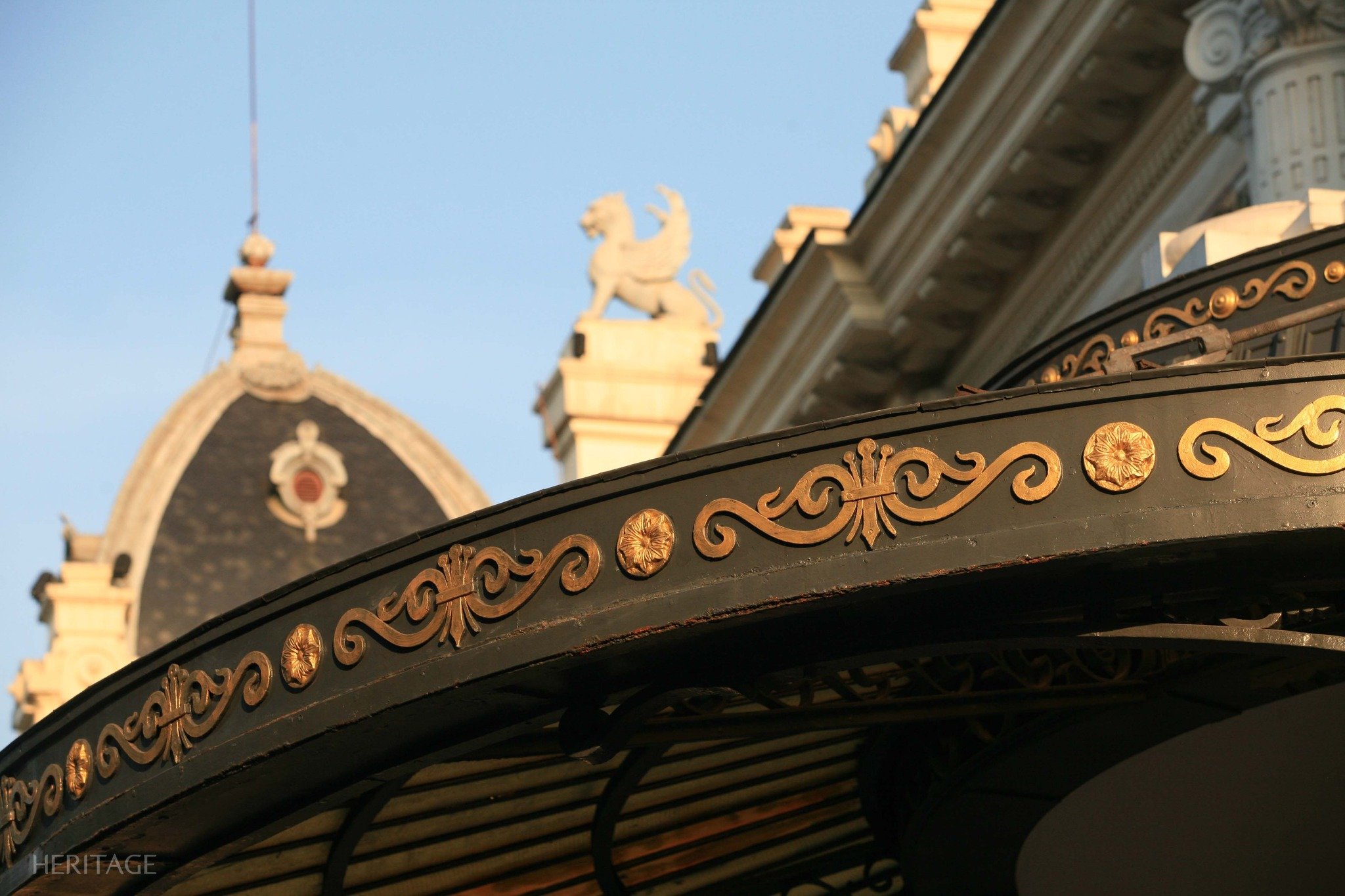
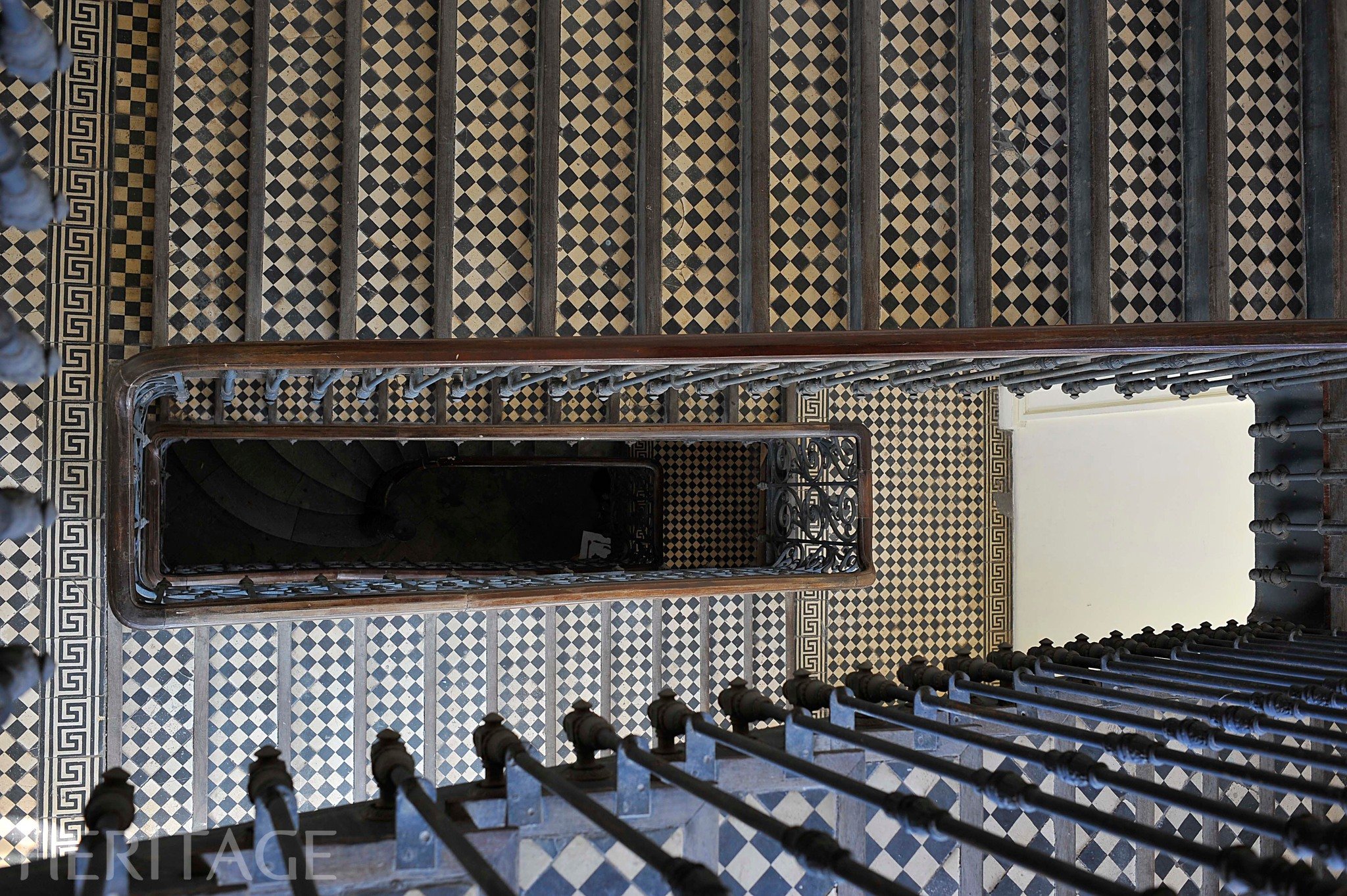
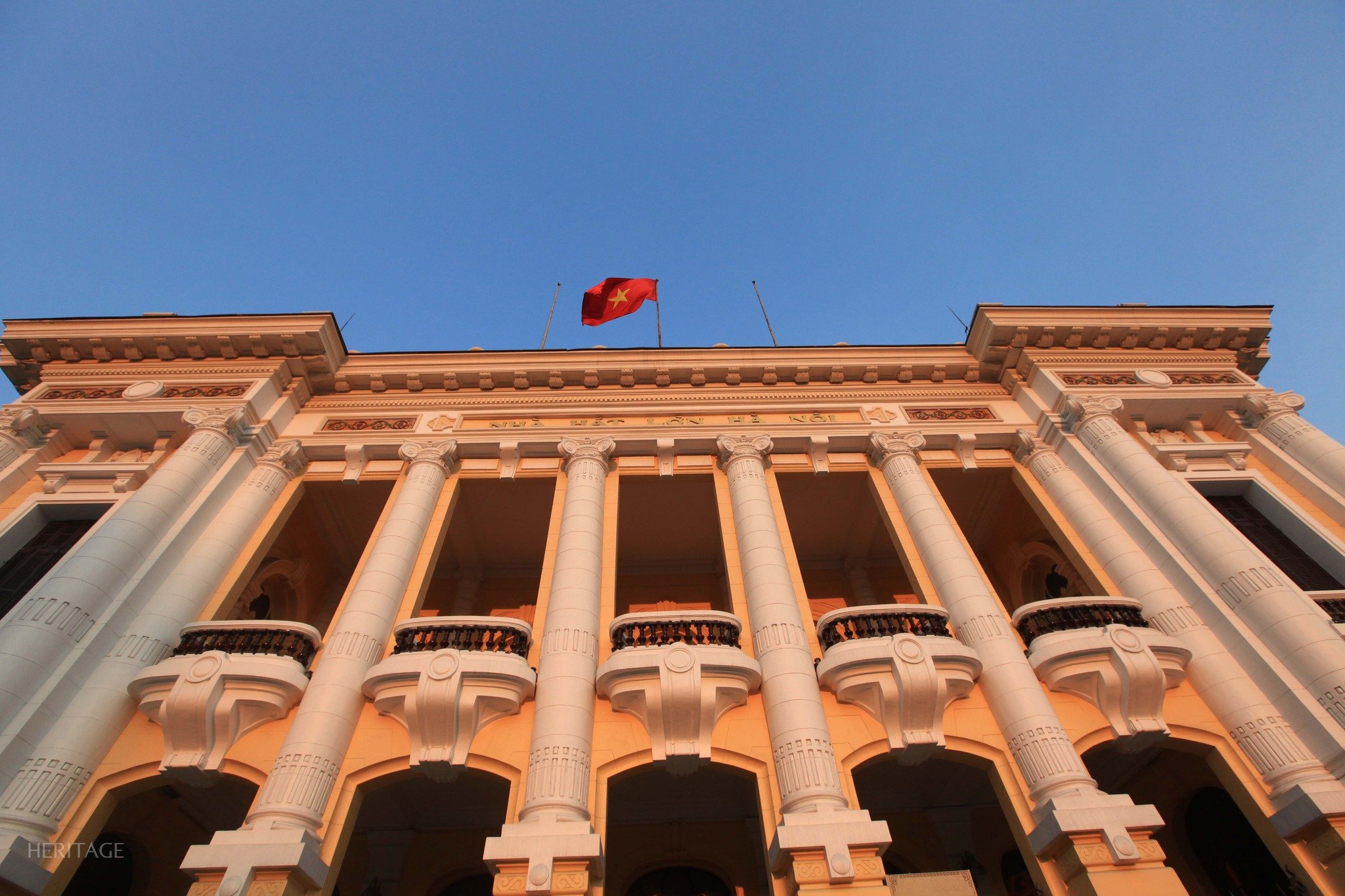
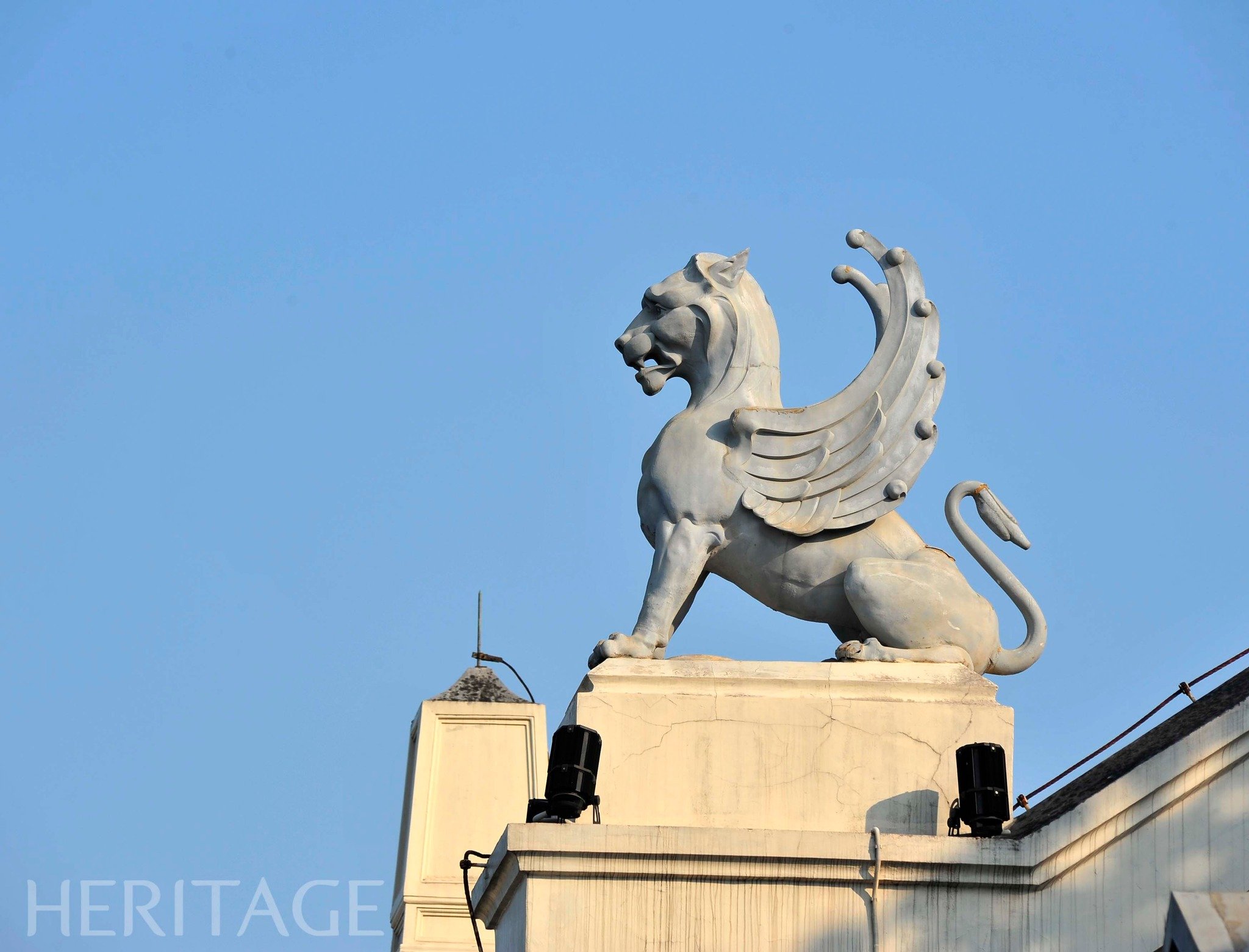
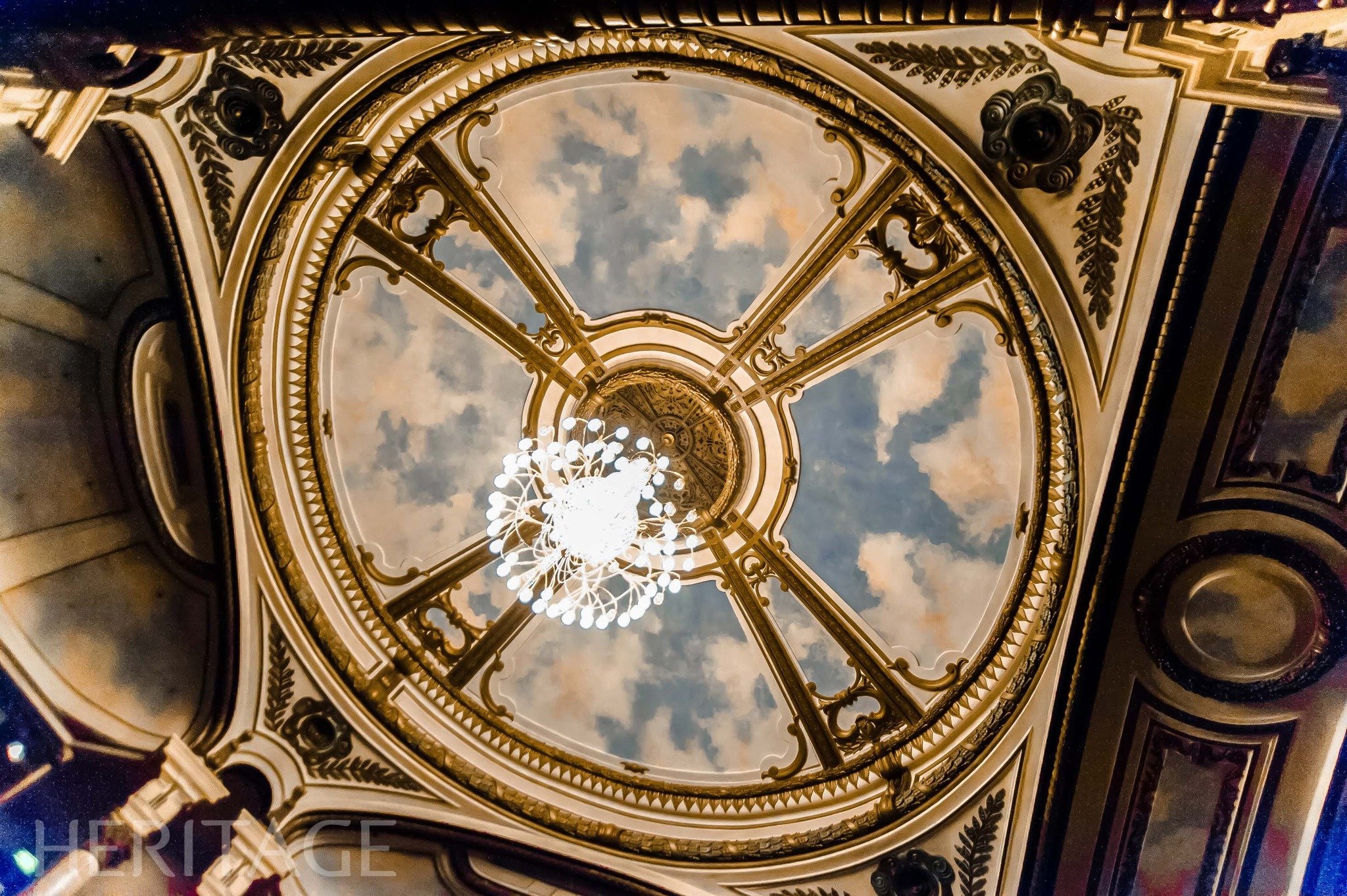
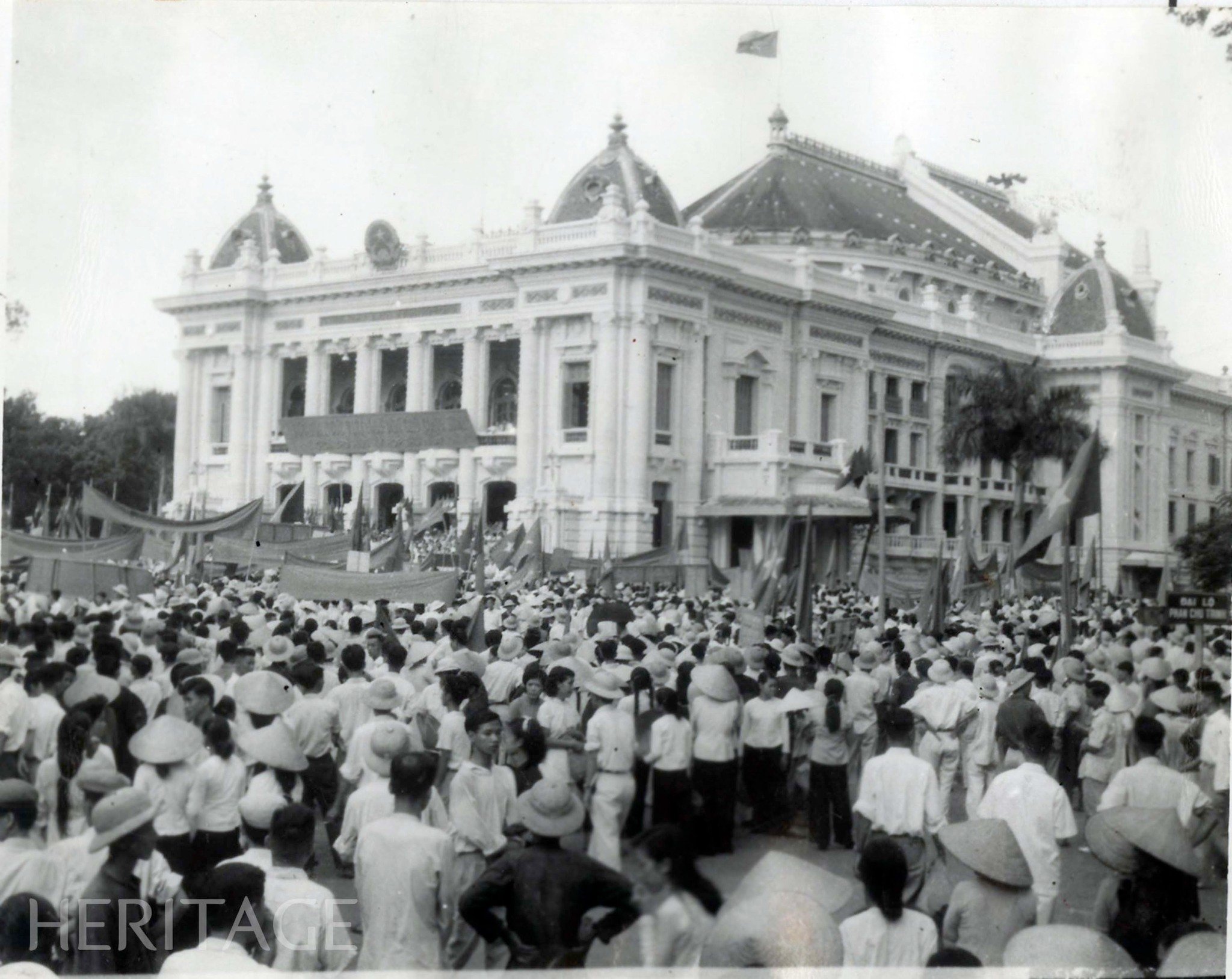
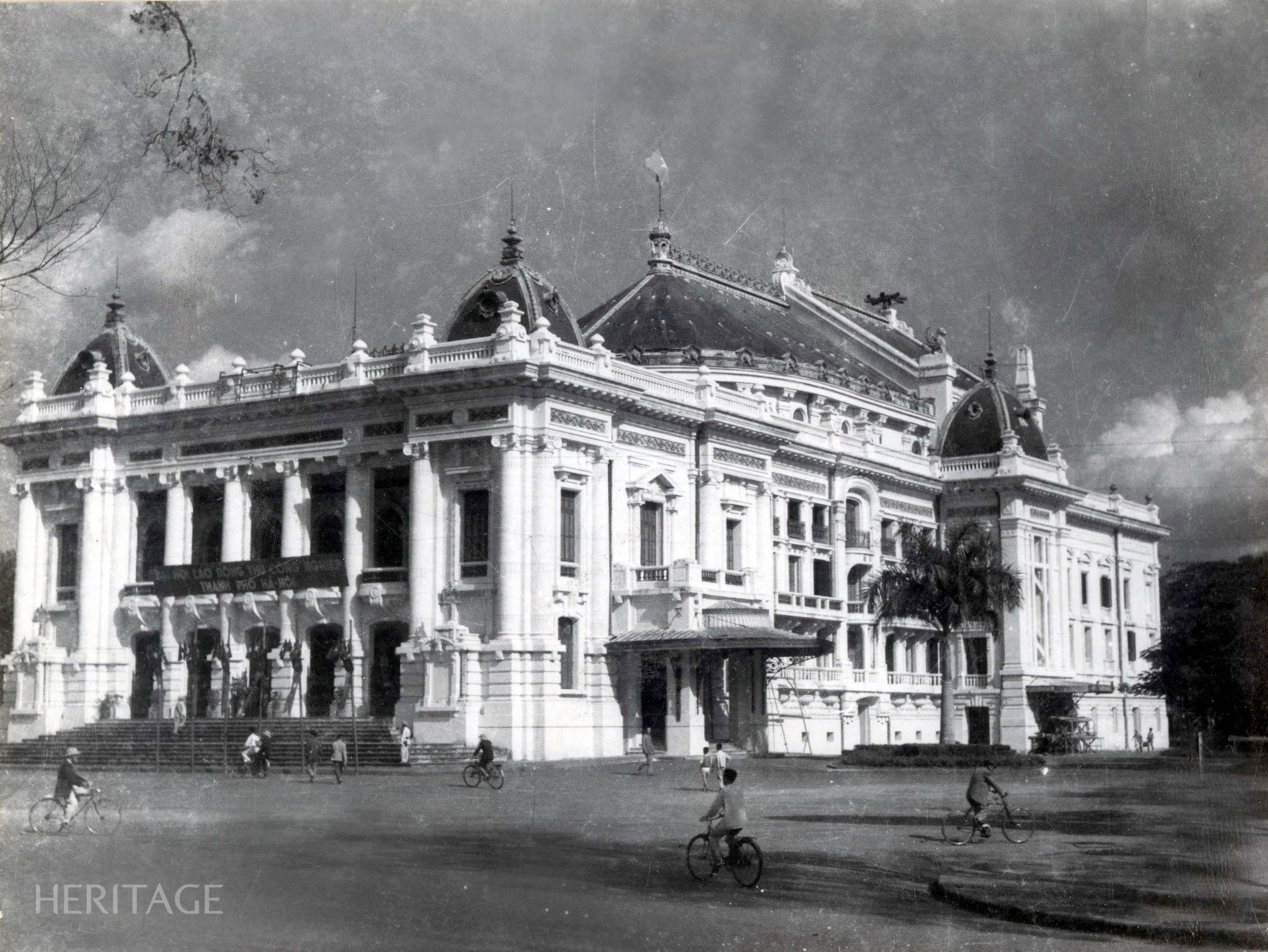

























![[Photo] National Assembly Chairman attends the seminar "Building and operating an international financial center and recommendations for Vietnam"](https://vphoto.vietnam.vn/thumb/1200x675/vietnam/resource/IMAGE/2025/7/28/76393436936e457db31ec84433289f72)


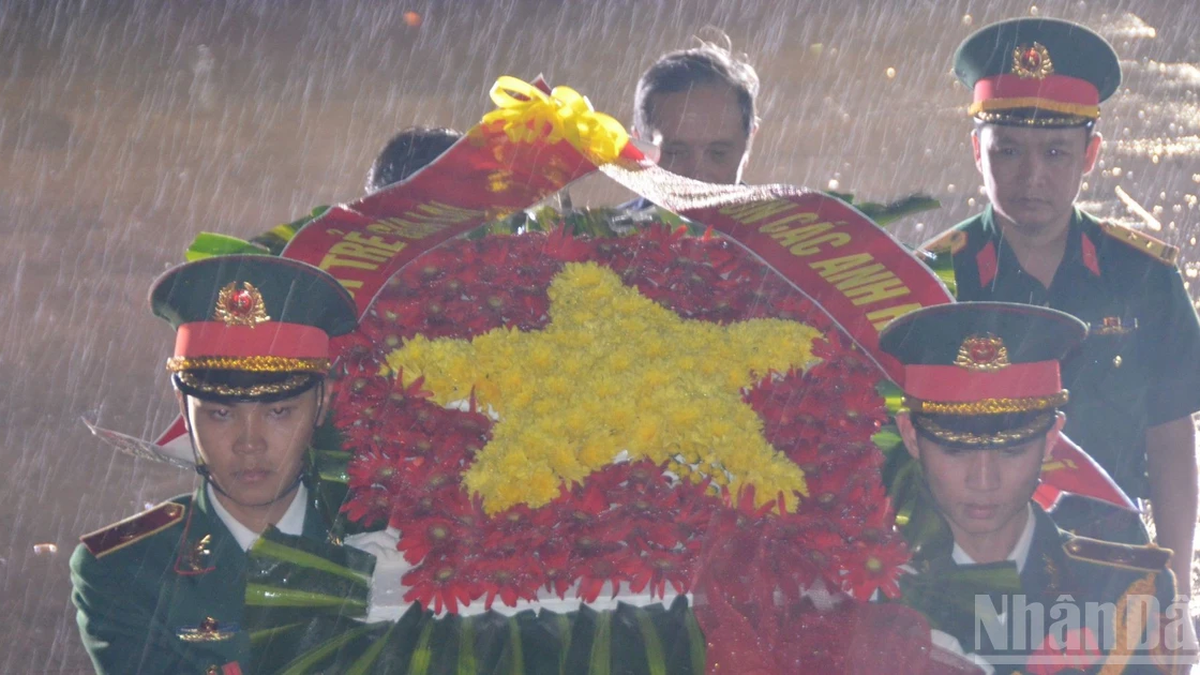





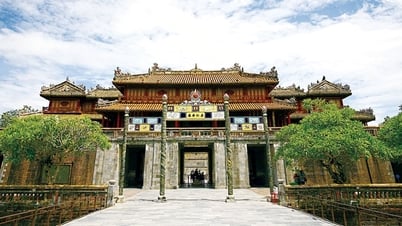

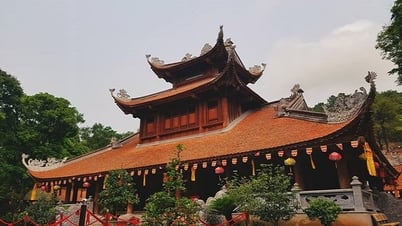

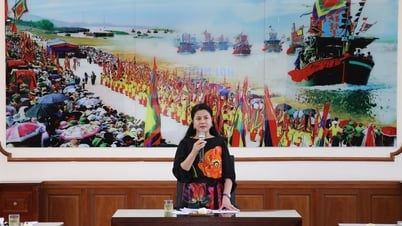

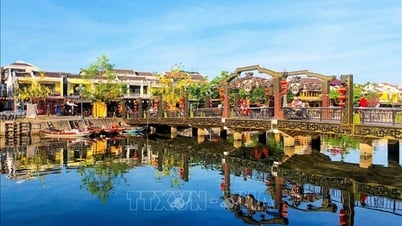



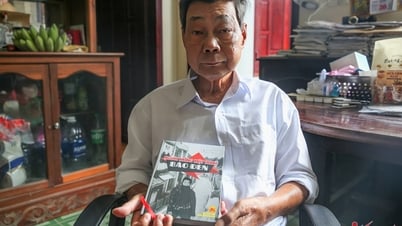

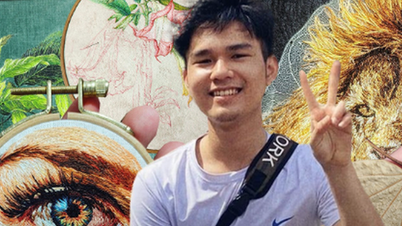

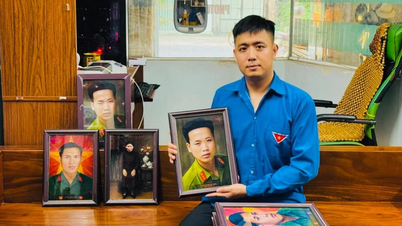


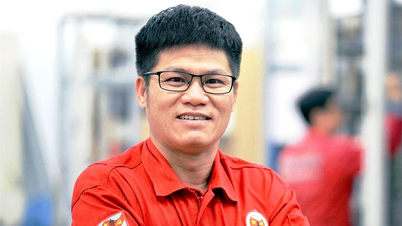

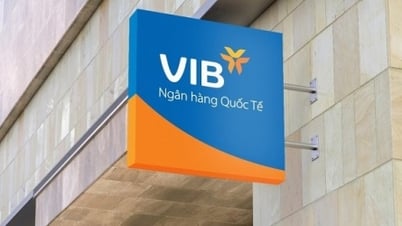




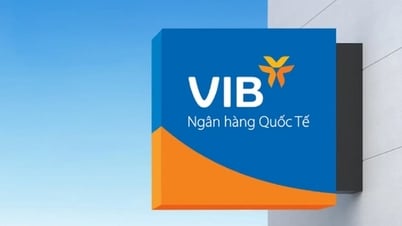



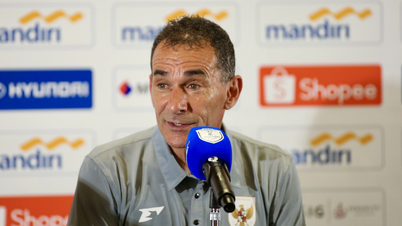
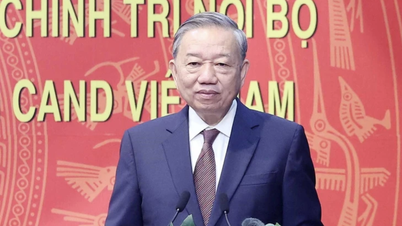
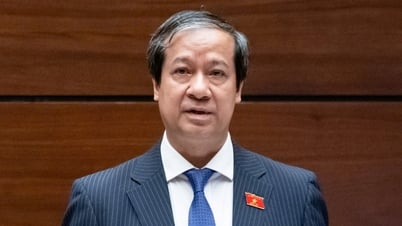
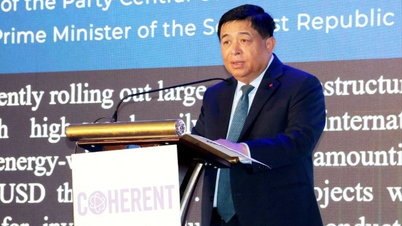

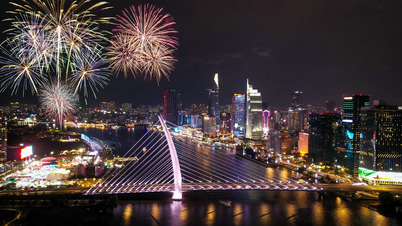
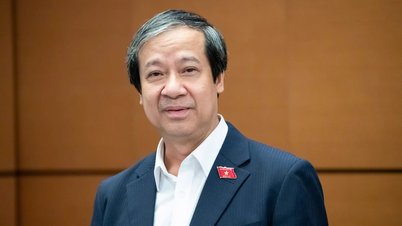



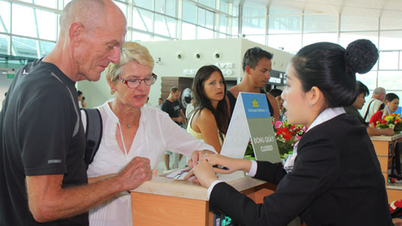
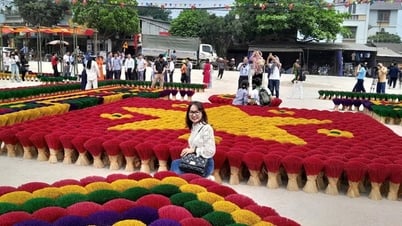

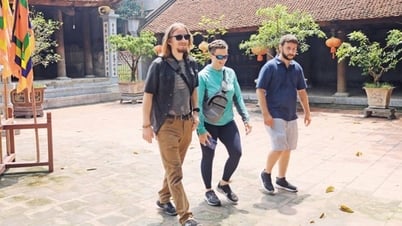























Comment (0)